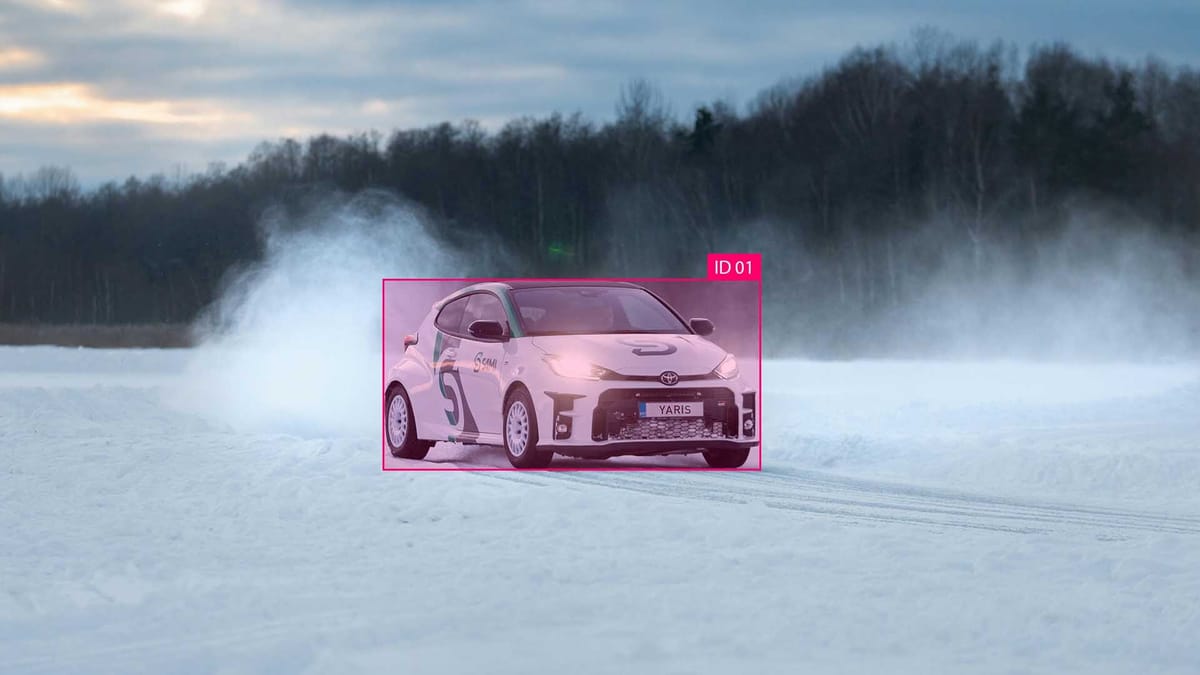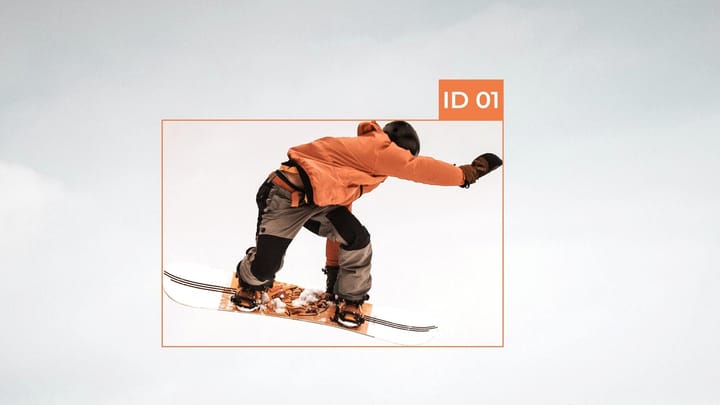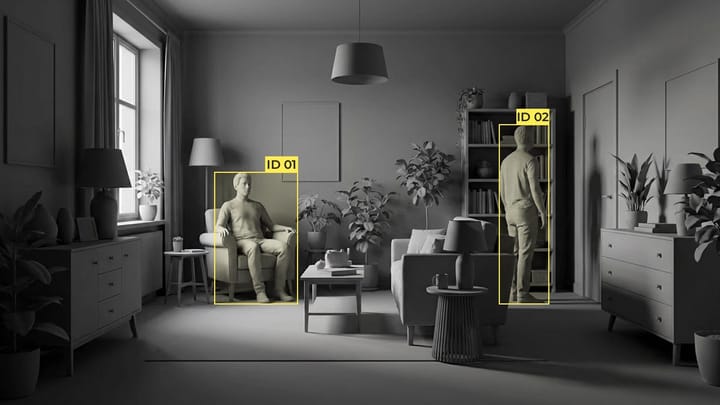Stylistic Attribute Tagging: Enabling Image-to-Image Style Transfer

Modern machine learning models now combine content and stylistic features from separate inputs. This breakthrough reimagines how designers, artists, and developers approach visual creativity.
Neural style transfer combines one image's structure with another aesthetic element. It uses datasets to improve systems'systems' recognition of patterns, such as color gradients and brushstroke textures. The models generate results that preserve context by tagging these attributes while simultaneously accepting new artistic signatures.
The technology powers mobile apps that turn ordinary photos into art. It'sIt's also useful for industries that require rapid prototyping, such as advertising or game design.
Key Takeaways
- Modern style fusion methods reduce processing time using pre-trained control points.
- Combining content and stylistic inputs provides precise control.
- Real-world applications include mobile applications, advertising, and medical imaging.
The Evolution of Style Transfer Methods
Early attempts relied on manual feature matching, often producing disjointed results when combining content and aesthetic elements. These methods required many hours to process a single image. A breakthrough in neural style transfer in 2015 introduced convolutional networks that separated structure from texture. This allowed systems to analyze two images independently and then intelligently combine them.
Three major advances accelerated progress:
- The move from VGG-19 to lightweight networks reduced memory usage.
- Perceptual loss functions ensured accurate texture reproduction.
- GPU optimizations reduced rendering times for 4K files.
As frameworks become more sophisticated, they achieve artistic transformation without compromising the original context.
The Basics of Neural Networks in Style Transfer
Convolutional neural networks are at the heart of every AI-driven artistic transformation. They accurately decode visual patterns and allow machines to reinterpret images while preserving their essence. This structure allows AI to separate content from aesthetic elements and preserve visual aesthetics during style blending.
Understanding Convolutional Neural Networks
A convolutional neural network is a type of artificial neural network specifically designed to process images and other data with spatial structure. Early layers detect edges and color gradients, while deeper layers identify complex shapes such as tree branches or facial contours. This hierarchy allows the networks to process two images simultaneously, one for structural accuracy and the other for aesthetic inspiration.
The main components of this process are:
- Convolutional layers. Apply filters to identify spatial relationships.
- Layer merging. Reduce dimensionality without losing critical details.
- Activation functions. Introduce nonlinearity for nuanced pattern recognition.
The Role of Intermediate Layers
Mid-level layers capture the textural details important for replicating style, while higher-level layers preserve the underlying geometry of the content. Systems mathematically quantify stylistic elements by calculating Gram matrix correlations between these layers. This approach allows designers to fine-tune the output, adjusting the weight of layers, much like selecting aspects of a masterpiece to imitate.
Understanding Style Transfer Annotations
Style transfer annotations are labeling data used to train AI models that can transform images or videos into the style of a given artist, aesthetic, or environment. Such annotations are needed so that the model can recognize and reproduce the style's characteristic features: color palette, textures, lines, and composition. Style transfer models rely on accurate attribute labeling to associate specific visual features such as brushstroke type or color palette with a given style.
How it works:
The source images are labeled as "content" (what is depicted).
The frames or paintings that define the desired style are separately labeled.
The pairs or sets of "content + style" are used as training examples for the model to transfer the style while preserving the structure of the original.
Style transfer annotation is used in the following industries:
- Multimedia production (film generation, video stylization).
- AR/VR applications (transforming the environment into a game style).
- Digital art (transforming photos into art canvases).
- Cybersecurity and Filtering (Recognizing Stylized Fake Videos).
This process also includes metadata, such as the name of the style, artistic direction, execution technique, or source of inspiration, which helps the model interpret them semantically.
Exploring Gram matrices and feature correlations
Two metrics, content loss, and style loss, quantify artistic essence. They help models preserve structure while introducing new aesthetics.
Content loss measures how well the generated images preserve the original structures. Using Euclidean distance, the method compares feature maps from convolutional layers between the original and input images.
Style loss analyzes texture patterns using Gram matrices and mathematical representations of feature correlations. These matrices capture how often specific filters are activated together.
Differences between the two types of loss:
- Content loss focuses on positional accuracy.
- Style loss prioritizes textural connections.
By balancing these metrics, models produce fresh and familiar results.
Deep Learning in Image Processing
Deep learning allows systems to analyze and reconstruct images with unprecedented nuance. These models automatically identify patterns using multi-layered computational frameworks.
Layers of convolutional architectures act as hierarchical filters, with early layers detecting edges while deeper layers recognize shapes such as trees or buildings. This structure allows AI to separate content from aesthetic elements.
Three advantages of modern capabilities:
- Speed. GPU-optimized networks process 4K files in less than 2 seconds.
- Adaptability. Models like ResNet-50 adapt to a variety of artistic inputs without retraining.
- Accuracy. Multi-scale analysis preserves context even in bold styles.
Tools that use these principles now process video transformations in real-time. As frameworks become more efficient, they unlock creative potential in various industries, from advertising to interactive media.
Implementing Image-to-Image Style Transfer
Transforming ordinary photos into artistic ones requires precise technical execution. Gathering your toolkit with Python environments and industry-standard libraries as the foundation.
Setup and Dependencies
- Install TensorFlow 2.x and Pillow for image processing. Import critical modules:
- tensorflow_hub for pre-trained models.
- numpy for array manipulation.
- matplotlib for visualizing results.
- Refer to Google's official guide to ensure compatibility.
Process Overview
First, load two images—one for the structure and the other for the texture sample. Resize them to 512x512 pixels using bilinear interpolation. This resolution balances detail preservation with processing speed.
Next, initialize a VGG-19 model with TensorFlow Hub. Calculate the loss values by comparing the activations of the intermediate layers between the generated and original images. Iteratively tune weights using the Adam optimizer.
For a deeper understanding, check out the Pix2Pix GitHub repository. Their approach demonstrates how neural networks preserve context.
Optimization of stylization methods based on artificial intelligence
Optimization of stylization methods based on artificial intelligence focuses on increasing the accuracy of transferring artistic style features, preserving the structure of the input image, and reducing computational costs. Modern approaches have improved this process thanks to generative models, such as GAN, VAE, and diffusion models, allowing high-quality results in real-time. One of the key optimization strategies is pre-training AI models on large multimodal datasets with rich stylistic markup, which allows the system to work flexibly with different aesthetic directions.
User feedback also plays an important role. Interactive stylization systems allow you to manually adjust the strength of the effect or mix several styles, increasing the final result's adaptability and accuracy. As a result, optimizing stylization methods allows you to make this technology accessible and scalable for real products.
Style Transfer Challenges and Considerations
Processing requirements remain a significant hurdle. Transforming a single 4K image consumes 8.3GB of GPU memory, equivalent to rendering a 3D game scene. Models have issues with temporal consistency in video, resulting in flickering frames during fast movements.
Three practices to overcome these hurdles:
- Use progressive learning to stabilize target style adoption.
- Implement hybrid architectures that combine CNNs with transformers.
- Apply content-aware scaling for high-resolution output.
Ethics are also a significant issue. The same technology that creates digital masterpieces can create convincing deepfakes. One solution is watermarking systems that identify AI-generated content, a necessary step toward responsible innovation.
Future trends in deep learning and style transfer
Instead of traditional approaches, where style was transferred through fixed templates, models are emerging that allow you to dynamically combine multiple styles, adapt them to the context of the image, or create new styles based on a text description. This is facilitated by the development of multimodal models that combine visual information with textual cues, which gives the user greater freedom in determining the result.
The integration of semantic control mechanisms allows the AI model to style the overall picture and selectively apply effects to individual objects, layers, or areas of the scene.
A significant development occurs in personalized stylization when models are trained on the style of a specific artist, user, or brand. This opens up new opportunities for marketing, AR/VR, game development, and digital art. In addition, the popularity of energy-efficient architectures is growing, allowing stylization to be performed on devices with low computing power.
FAQ
How do Gram matrices affect style accuracy?
Gram matrices measure correlations between features in different layers of a neural network, allowing an AI model to capture an image's textural and stylistic characteristics. They improve stylization accuracy while preserving the global visual patterns of the original style.
Which industries benefit from neural style transfer?
The creative industries that benefit the most are digital art, game design, film, and advertising, which require the rapid generation of visually appealing content.
How do annotations improve style transfer models?
Style annotations help AI models better recognize and reproduce key features of artistic design, such as colors, textures, and composition.
What are the challenges of balancing content loss and style loss?
The problem is that an over-enhancing style distorts the structure or meaning of the original image. On the other hand, strong content preservation reduces the expressiveness of the stylistic effect and makes the stylization invisible.



Comments ()